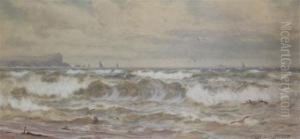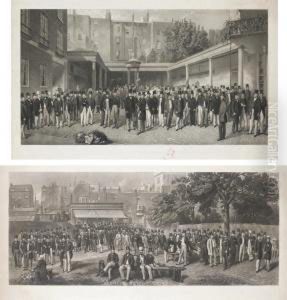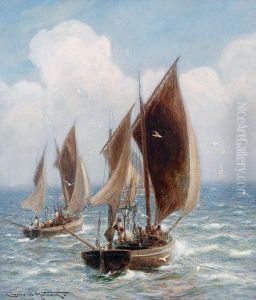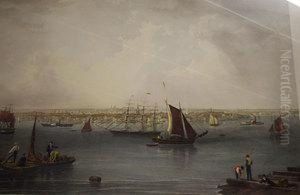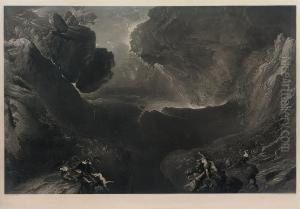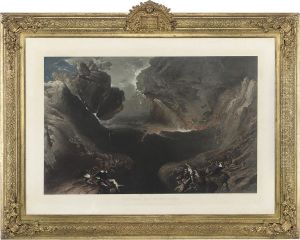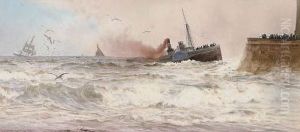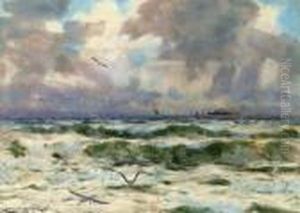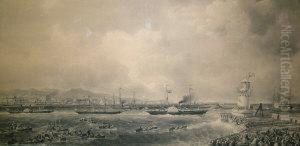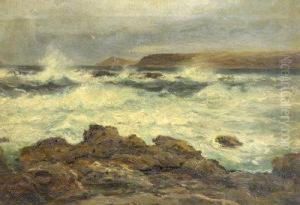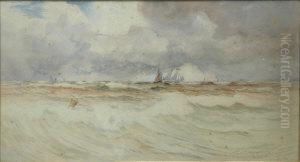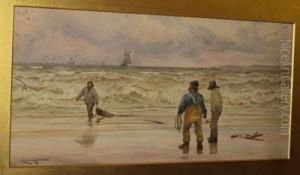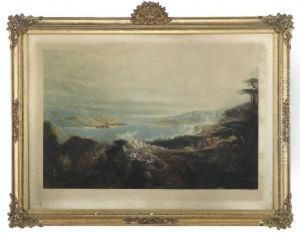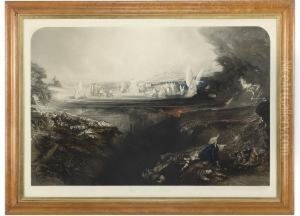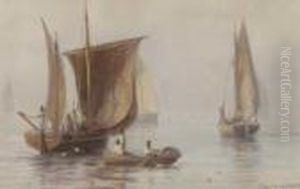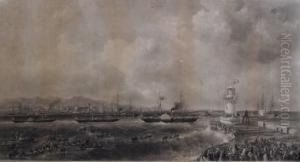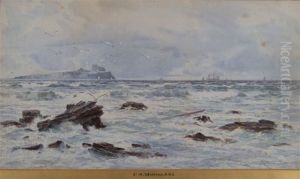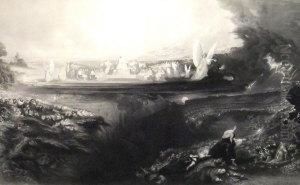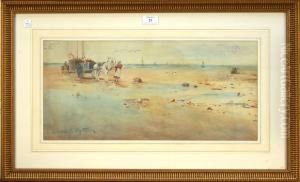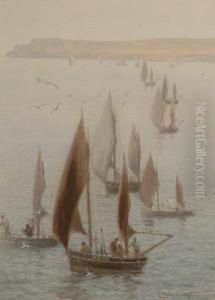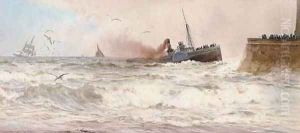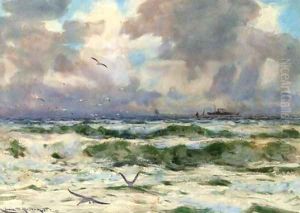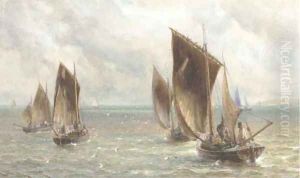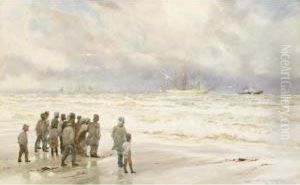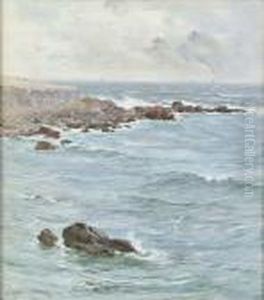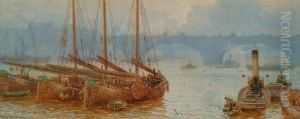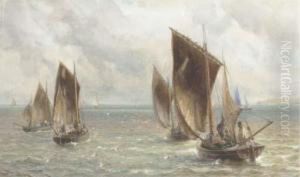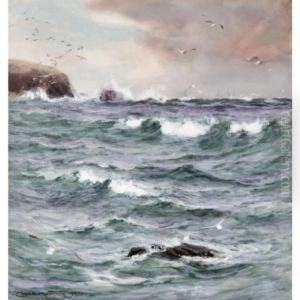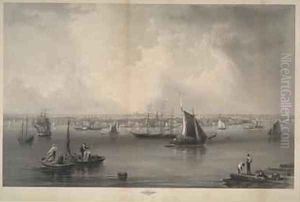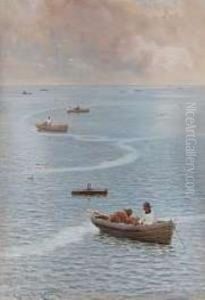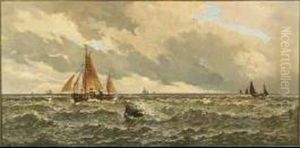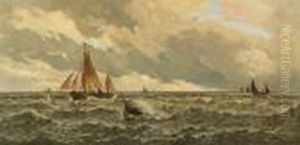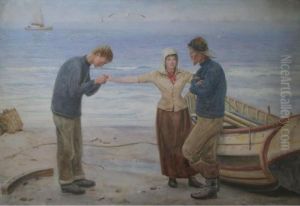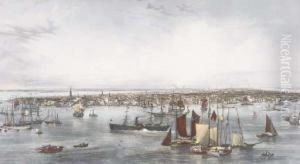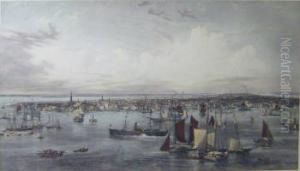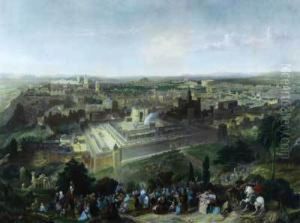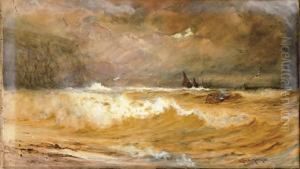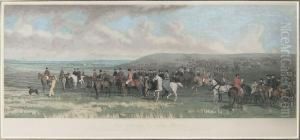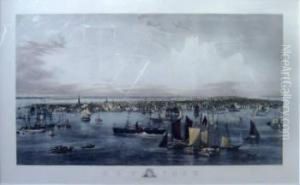Charles Mottram Paintings
Charles Mottram was a British engraver and artist, born in 1807 in Headingley, Leeds. He was a prominent figure in the world of Victorian art and is best known for his landscape engravings and the reproduction of paintings by other artists. Mottram trained under the engraver Charles Warren and started his career by producing book illustrations.
Over the years, Mottram developed a significant reputation for his technical skill and his ability to capture the essence of the original paintings in his engravings. He worked on a variety of subjects, including maritime and historical scenes. One of his notable works is the engraving of J.M.W. Turner's painting 'The Fighting Temeraire,' which is a testament to his skill in translating the luminosity of Turner's work into black and white.
Charles Mottram's engravings were widely disseminated and popular in the 19th century, contributing to the era's visual culture. They were often used as illustrations for books, magazines, and prints collected by the Victorian public. Mottram's work reflects the era's interest in Romanticism and the sublime in nature, as well as a fascination with Britain's maritime power and historical legacy.
Despite his success as an engraver, there is relatively less information available about his personal life compared to his professional achievements. Charles Mottram passed away in 1876, leaving behind a legacy as one of the leading engravers of his time, who had a significant impact on the dissemination of visual art during the Victorian era.
